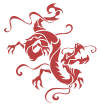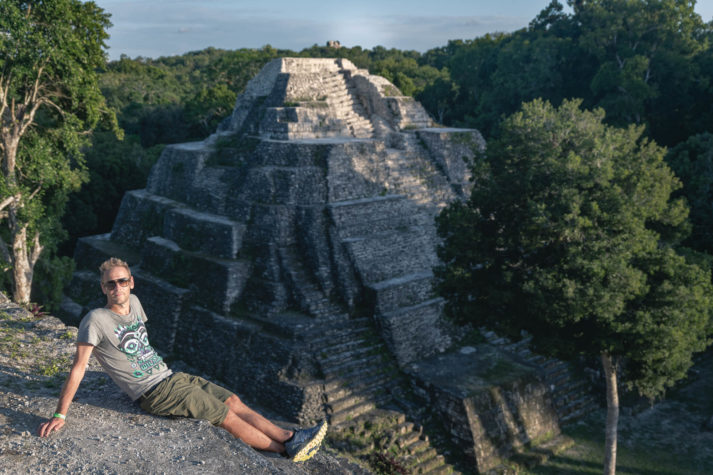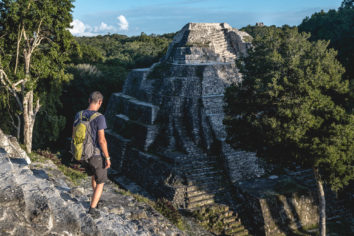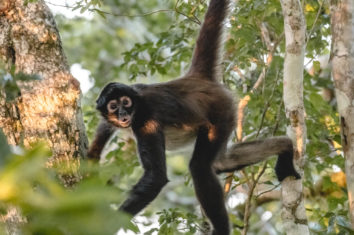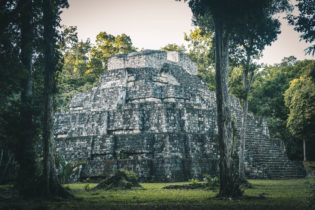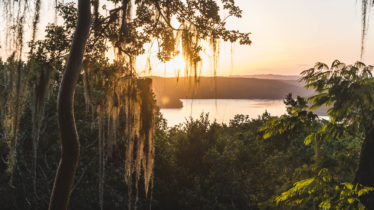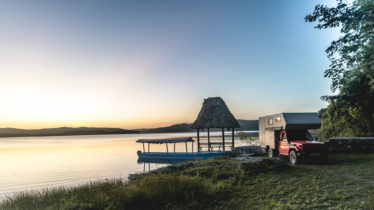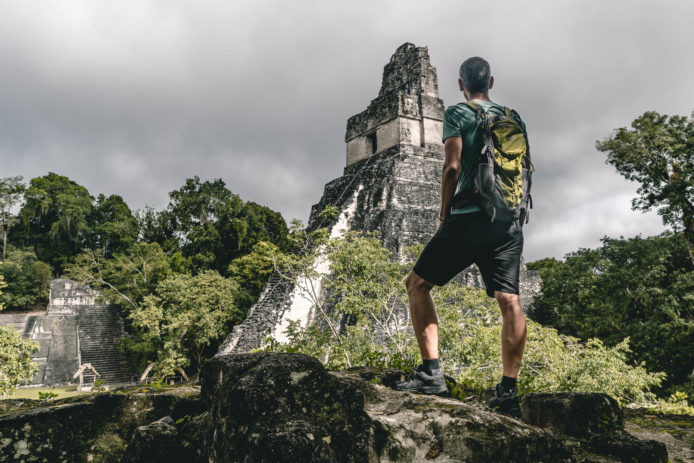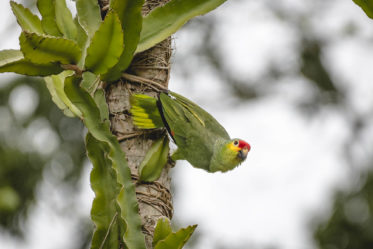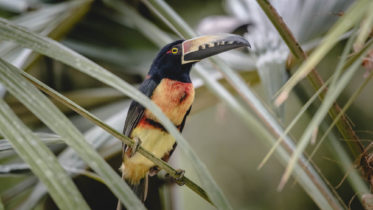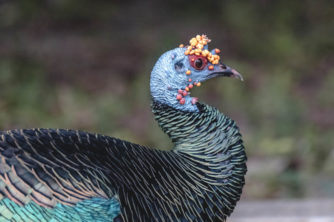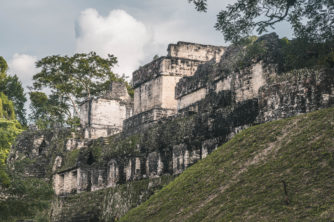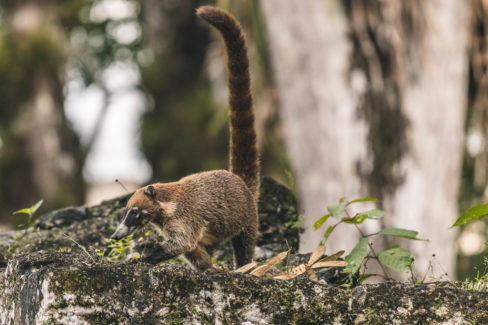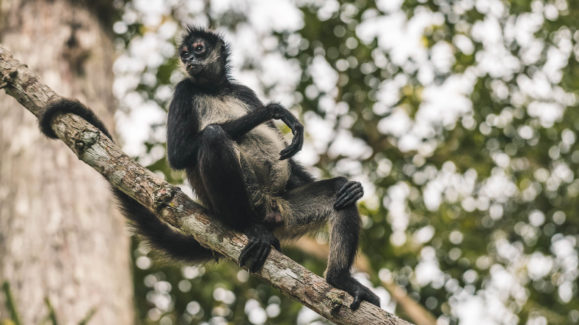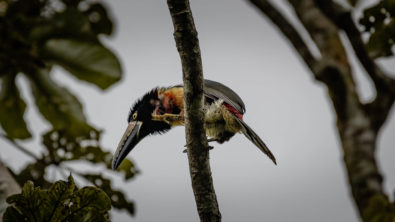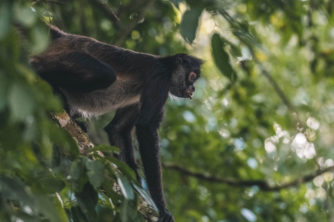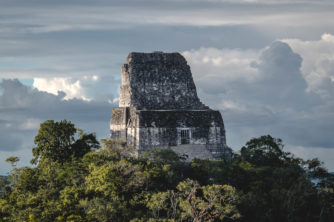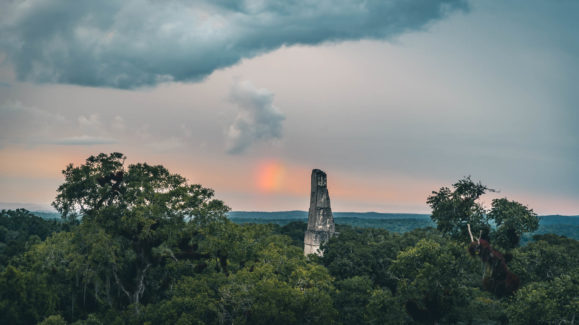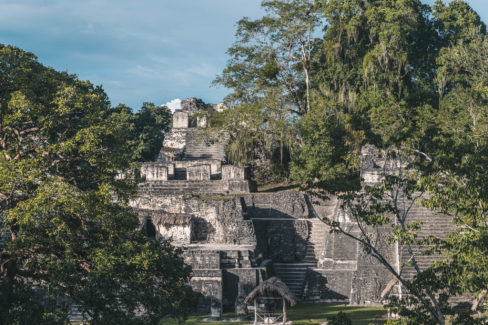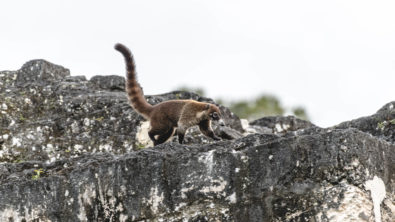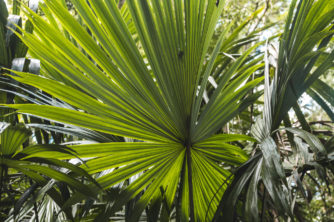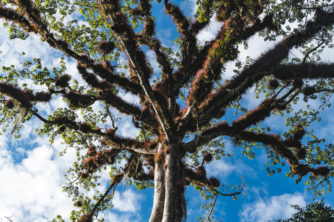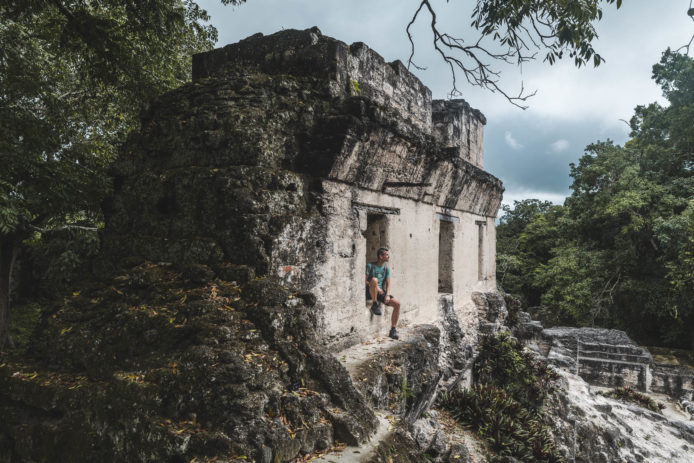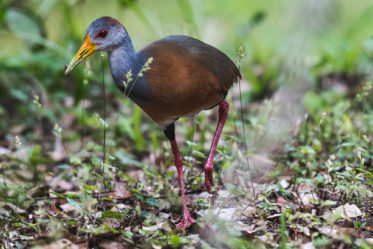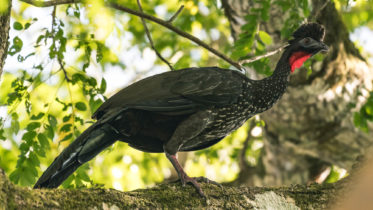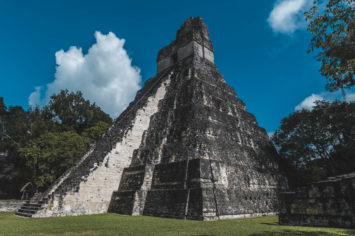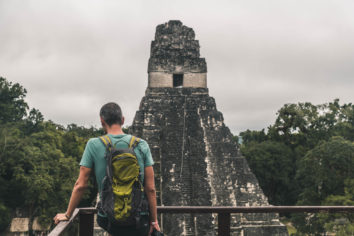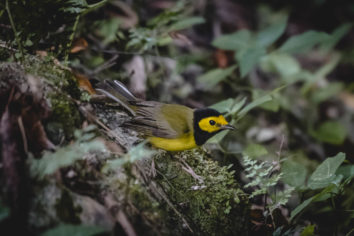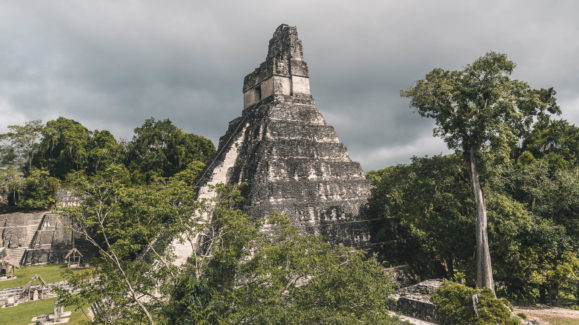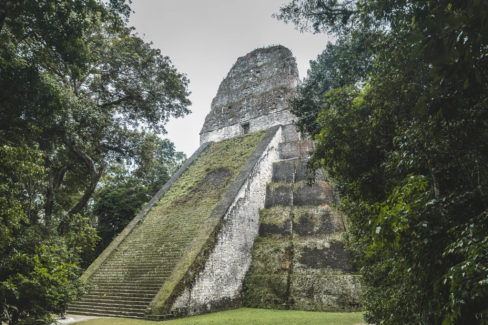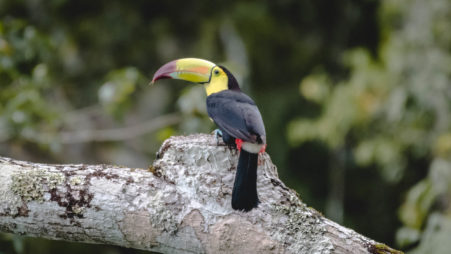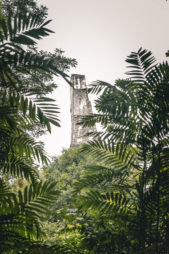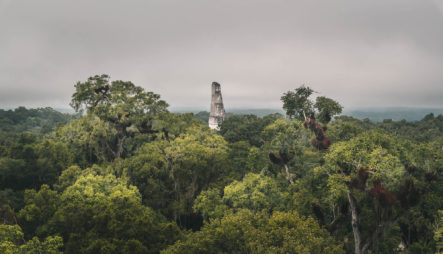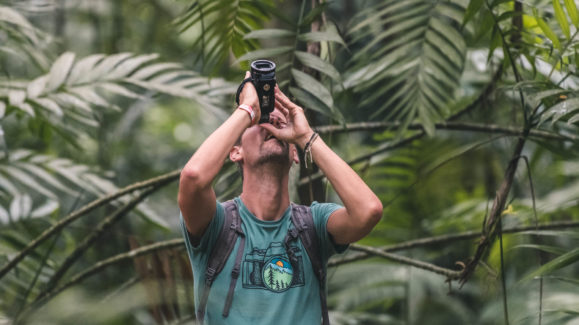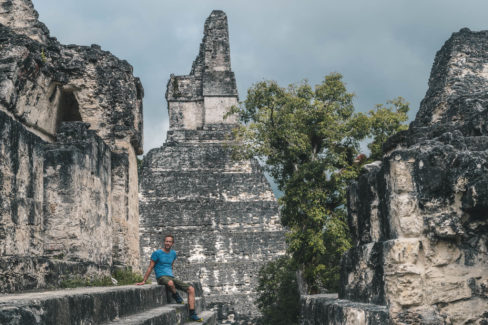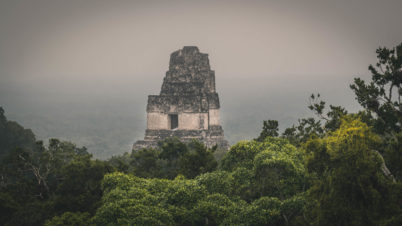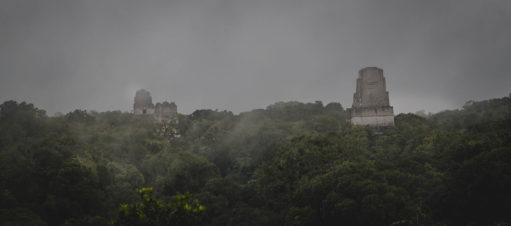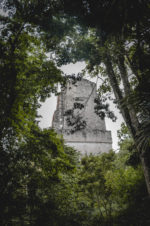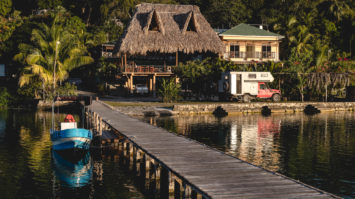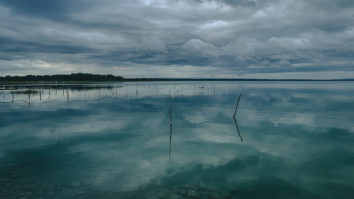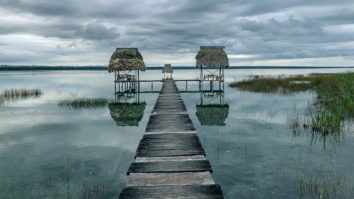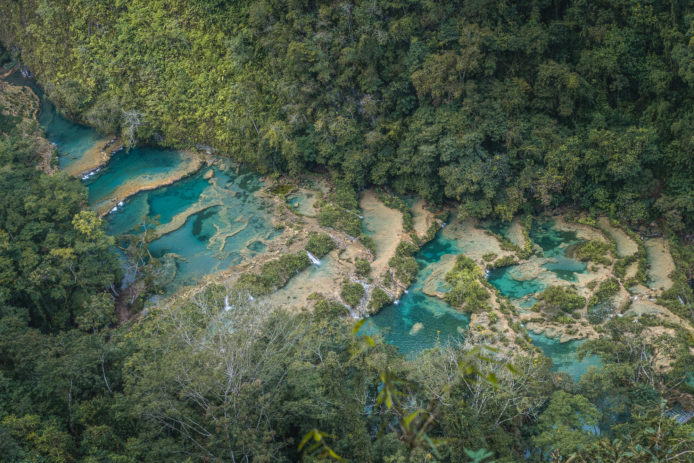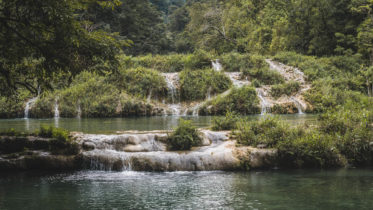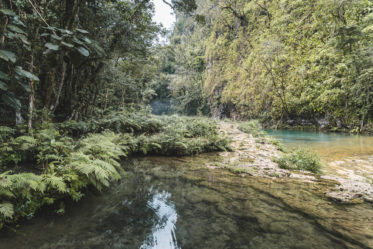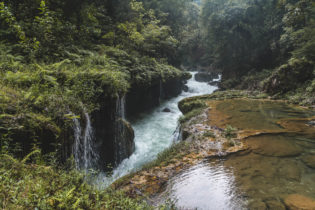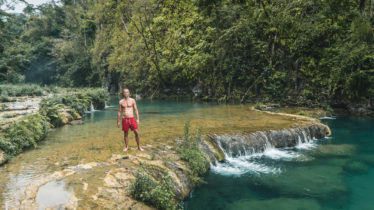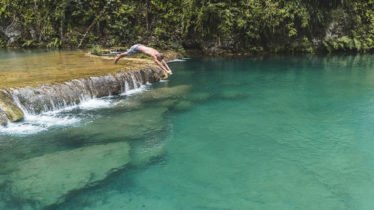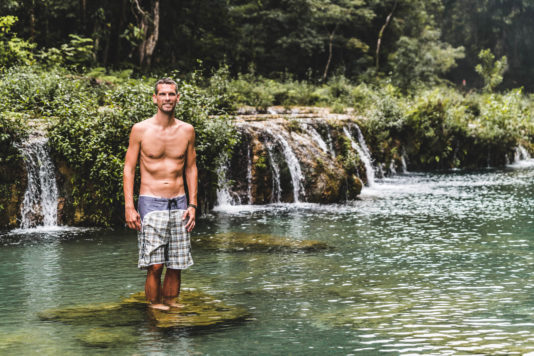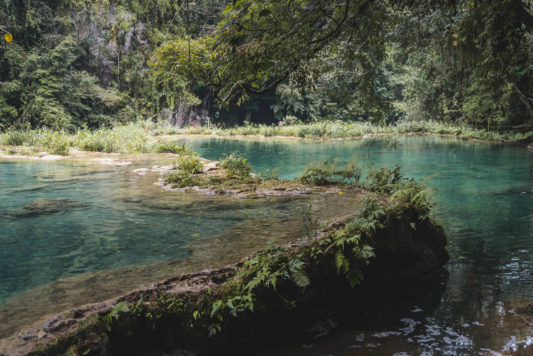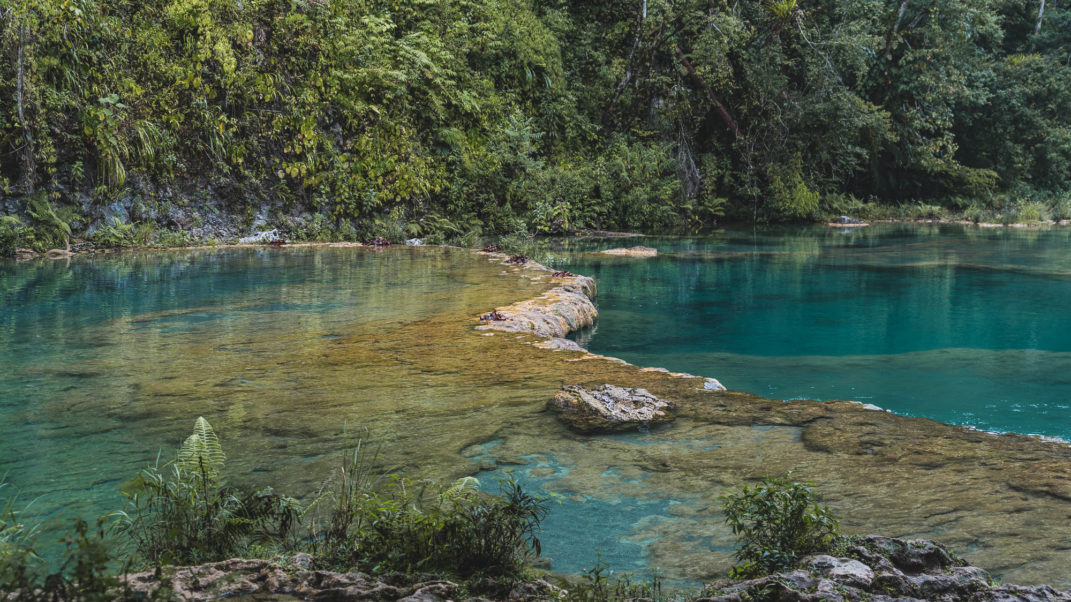ABOUT MAYANS AND RUINS
After a hassle-free border crossing and a cheap stock up of our supplies, we roll the first few kilometers over Guatemala’s roads in the direction of Tikal. But first we make a detour to the less famous ruins of Yaxhá. The 11-kilometer dirt track from the highway is worse than expected and takes us into the dense rainforest of Guatemala. Our bushcamp is located on a lake, right below the ruins. We are told that swimming is unfortunately not possible because of the crocodiles and so we prefer to keep a little distance from the shore… On the way to the ruins the loud voices of the howler monkeys accompany us. At sunset we climb one of the pyramids and look over the canopy of leaves and the lake. As we watch the blood-red sun disappearing behind the horizon, we can imagine how great the Mayan kings must have felt back then. Ruler of heaven and earth. For a long time, archaeologists believed that the Mayans were peaceful and off those pyramids they only observed the stars and worshiped their gods. The truth though is different. They were warlike and took long distances through the dense jungle, only to attack and conquer other settlements, take prisoners and sacrifice them to their gods in a cruel way.
THE MOTHER OF ALL RUINS
The ruins of Tikal, which we visit a few days later, are considered one of the largest Mayan settlements. Recently, researchers have been assuming up to one million inhabitants in the vicinity of the former metropolis! At some point, however, the pyramid builders’ people perished again. The reasons for this are manifold and still the subject of research. The ongoing, martial activities are said to have weakened the people. Exploitation of nature along with climatic changes or a serious period of drought were further factors.
We enjoy our forays through Tikal. The pyramids here are steeper and higher than everywhere else, and the vegetation is particularly dense. There are all kinds of wildlife to observe. High up in the treetops howler and spider monkeys give a show and down on the forest floor whole flocks of coatis look for food in the light of the evening sun. There are also a lot of birds around. A highlight are the different toucans which we are able to observe at close range.
WHERE THE RIVER HIDES UNDER THE STONE
Also in the north of Guatemala are the travertine terraces of Semuc Champey. The translation of the name of the place says it all, because a large part of the river “hides under the stone” in the underground and only a small part of the cool water forms the famous limestone terraces. They are a few hours’ drive from Tikal in the middle of the jungle. The last kilometers of the ugly track we complete on the back of a pickup truck and leave our vehicle behind in the village… We know this place from our backpacking trip through Central America many years ago and decided to visit the picturesquely in the tropical forst embedded, turquoise river once again. The water here is extremely calcareous and over thousands of years, the terraced cascades with the wonderful pools have emerged. Unfortunately, the sun doesn’t show up that often on this day, but warmed up by the hike to the viewpoint, we don’t skip the jump into the refreshing water afterwards.
This is the overlander life that we love! Adventure, culture, nature and lounging – all very close to each other 🙂
